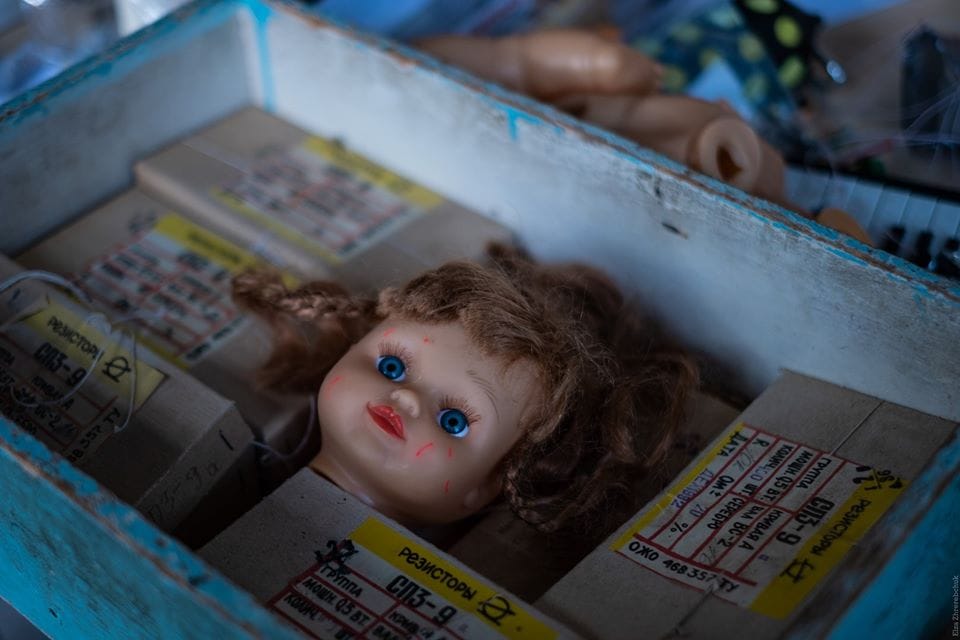This post is for paying subscribers only
Subscribe now and have access to all our stories, enjoy exclusive content and stay up to date with constant updates.
How one Ukrainian artist turns plastic squeakers into haunting landscapes that sound like stars being born 260 light-years away.

Subscribe now and have access to all our stories, enjoy exclusive content and stay up to date with constant updates.
Already a member? Sign in